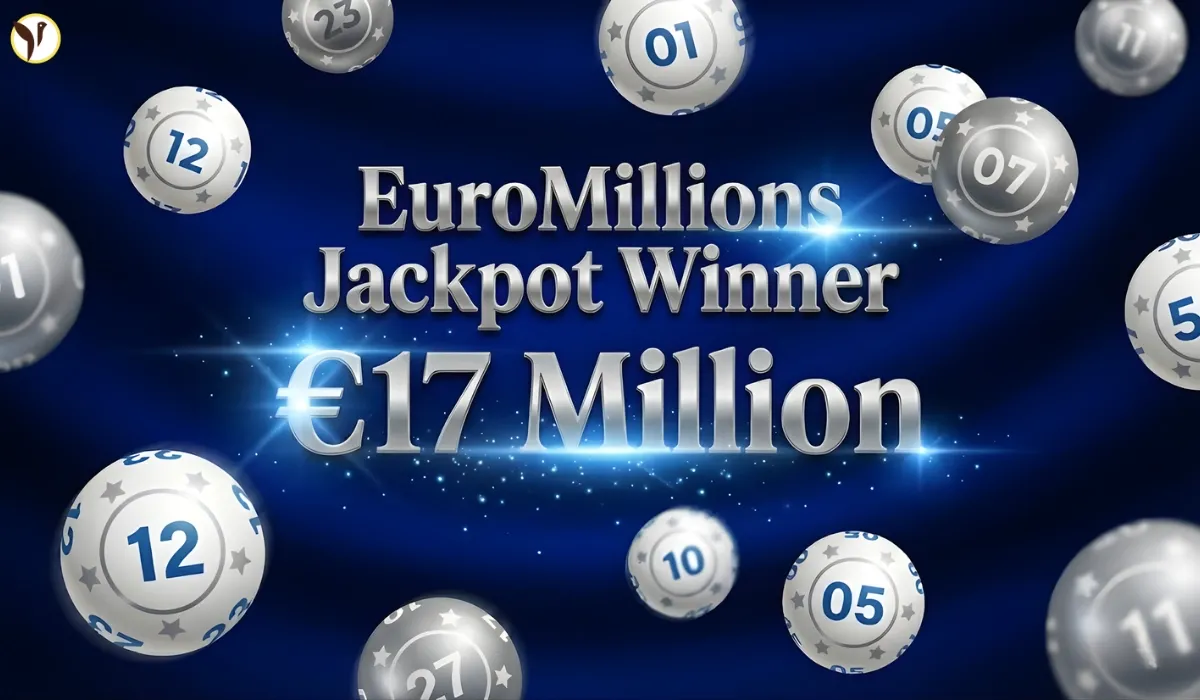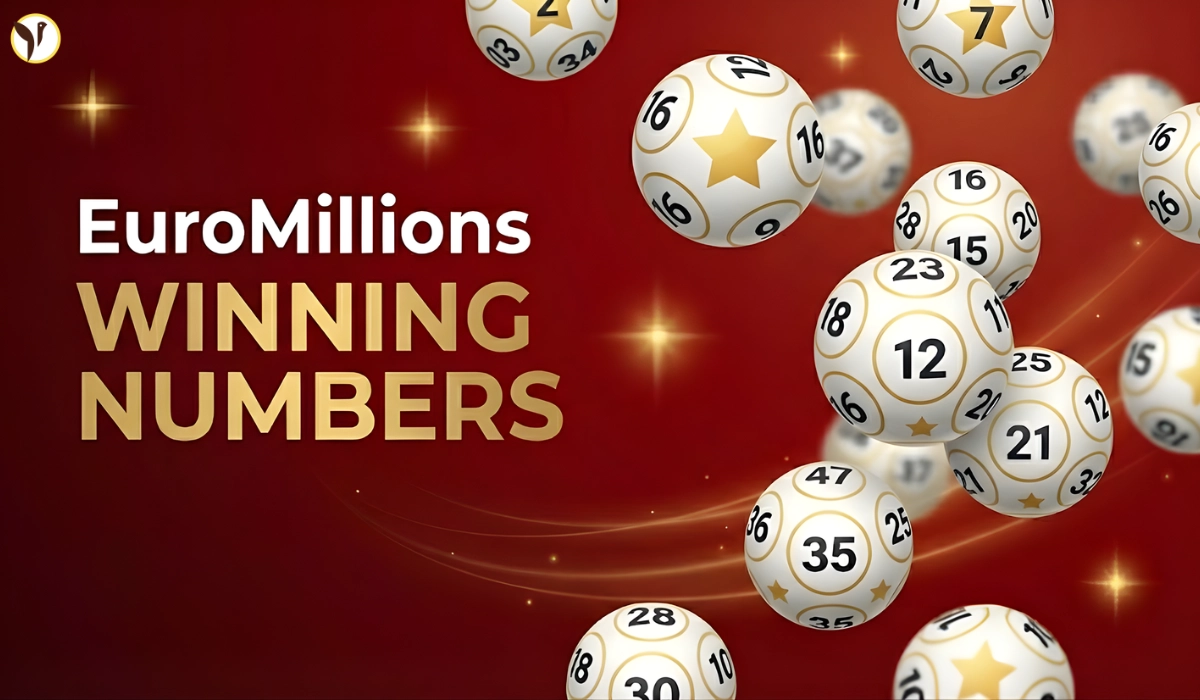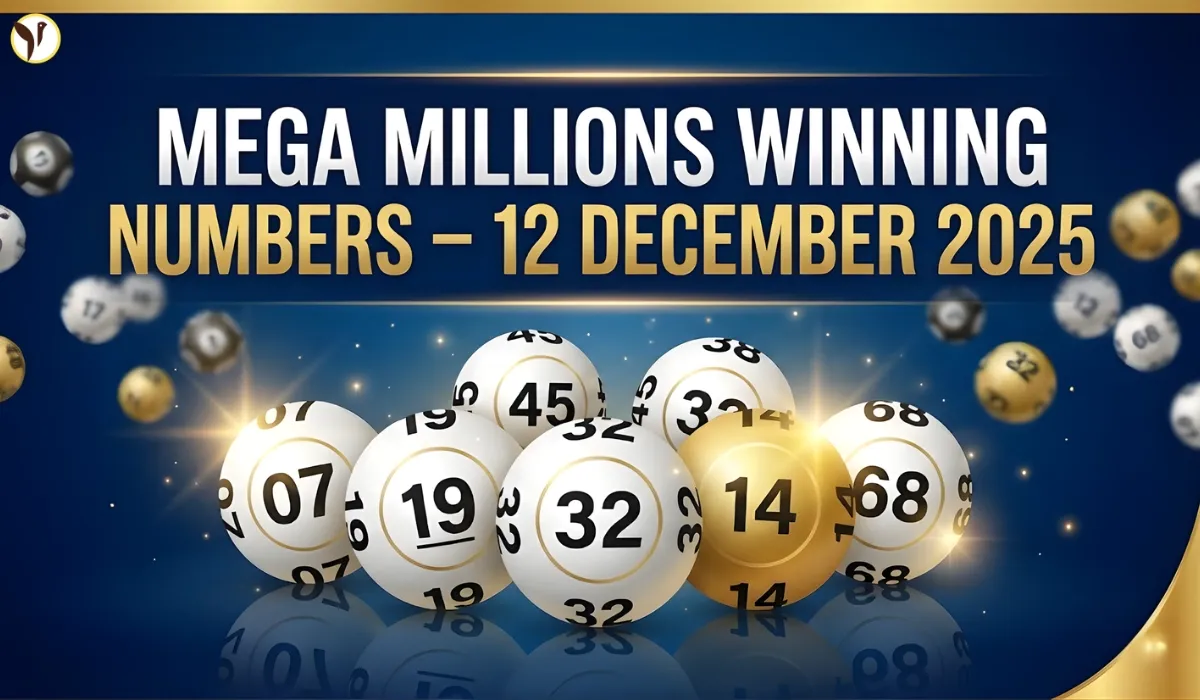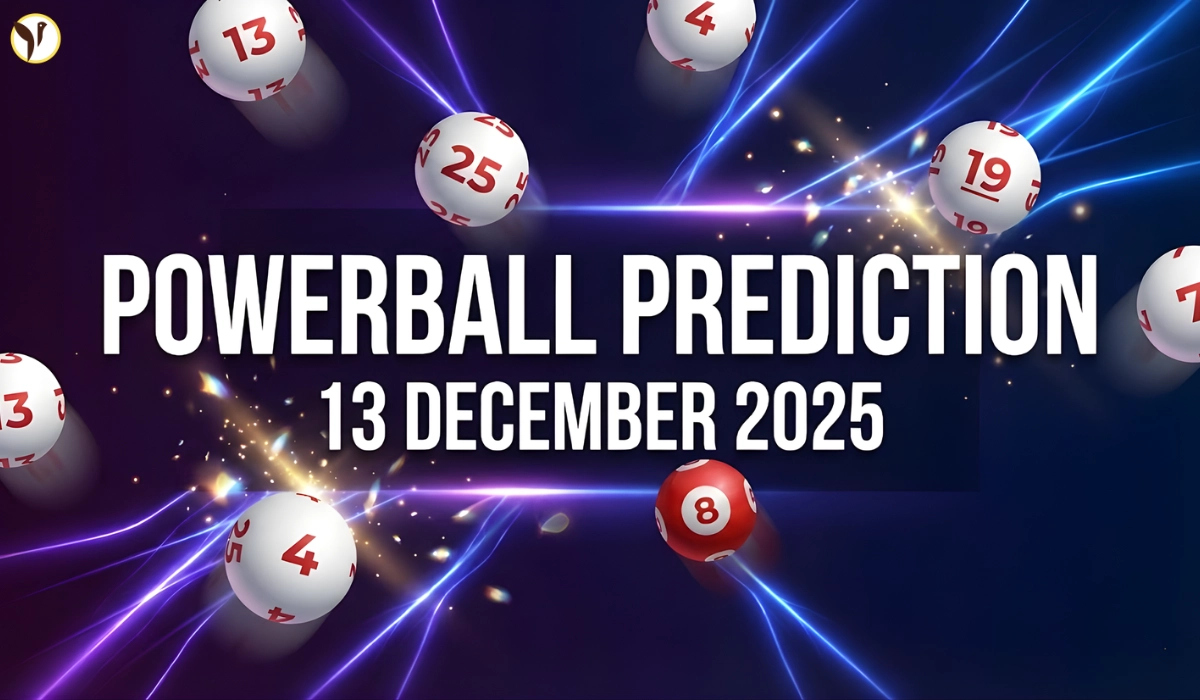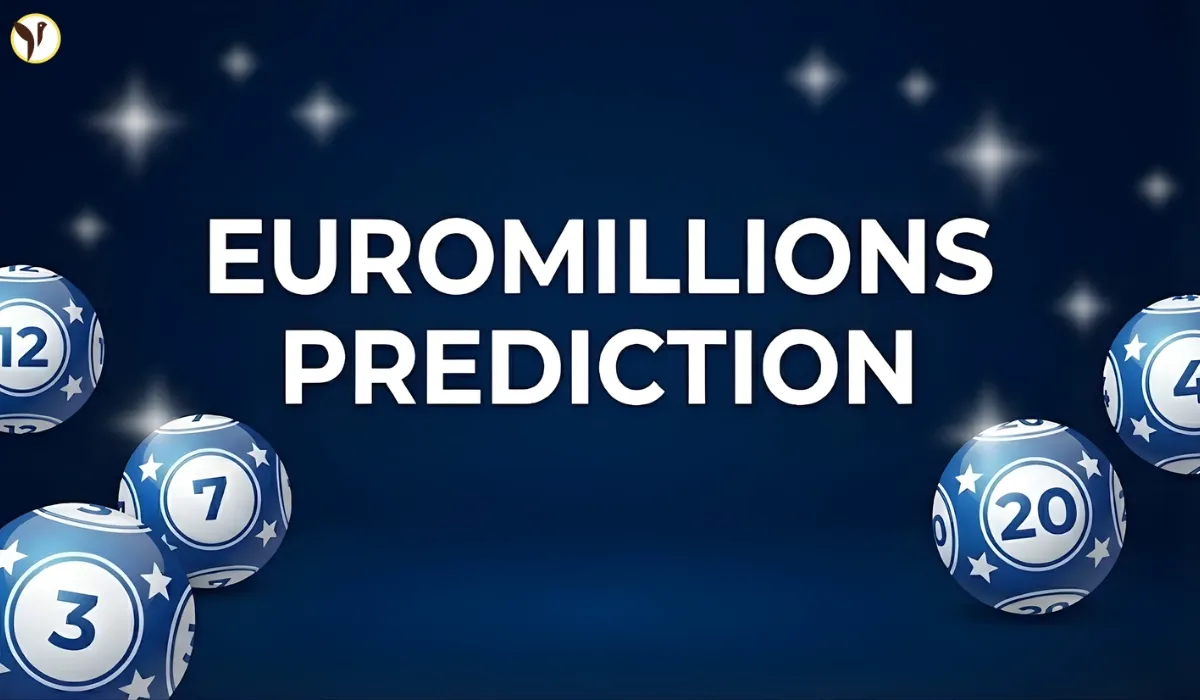Choice, the Australian consumer advocacy group, tested 20 popular sunscreens that claim to be SPF 50 or higher. You’d expect them all to be strong enough to really protect your skin from the sun, right? But honestly, the results were pretty disappointing. Only 4 out of 20 actually lived up to the SPF they advertised. That means most people buying these sunscreens thinking they’re protected… actually aren’t getting the level of protection they paid for.
And the drop in SPF wasn’t small. Some products tested way lower—one Ultra Violette sunscreen (Lean Screen SPF 50+) came in at SPF 4–5. That’s basically like not wearing sunscreen at all. If that doesn’t make you double-check your sunscreen before heading out, I don’t know what will.
Which Sunscreens Passed and Which Fell Short?
Let’s break it down simply. These are the ones that actually delivered what they promised:
-
La Roche-Posay Anthelios Wet Skin SPF 50+ — tested at SPF 72
-
Neutrogena Ultra Sheer SPF 50 — tested at SPF 56
-
Cancer Council Kids SPF 50+ — tested at SPF 52
-
Mecca Cosmetica To Save Body SPF 50+ — tested at SPF 51
Everything else either barely scraped by or fell way below the mark. Some scored around SPF 30–40, but others were shockingly low—like SPF 20s or even worse. When a label says SPF 50+ and you end up with SPF 24, that’s a problem.
And the Ultra Violette product? It’s one of the worst, with two separate tests showing SPF 4–5. The company disagrees with the findings, saying they’ve got their own lab results—but still, that’s not reassuring for people relying on that product.
Regulators Are Being Asked to Step In
Choice didn’t just release the results and walk away. They’ve officially asked the Therapeutic Goods Administration (TGA) and ACCC to get involved. Right now, brands mostly just send in their own data to prove SPF ratings. But after these results, there’s serious talk about whether that’s enough.
Choice wants the government to re-test products themselves—not just trust the brands’ word. They’re saying what a lot of people are thinking: if you’re buying sunscreen to stay safe in Australia’s harsh sun, the least companies can do is tell the truth about what they’re selling.
The TGA has said they’re reviewing the findings. But for now, consumers are left wondering who to trust.
So, What Should You Do Right Now?
Here’s what you can actually do with all this info:
-
Stick with sunscreens that passed the Choice test. The four mentioned above are solid options.
-
Be skeptical of SPF 50+ labels, especially if you’ve never seen independent testing.
-
Always apply sunscreen generously and frequently—even if you trust the product, you’ve got to use enough of it.
-
Use hats, clothes, and shade too. Sunscreen helps, but it’s not magic.


